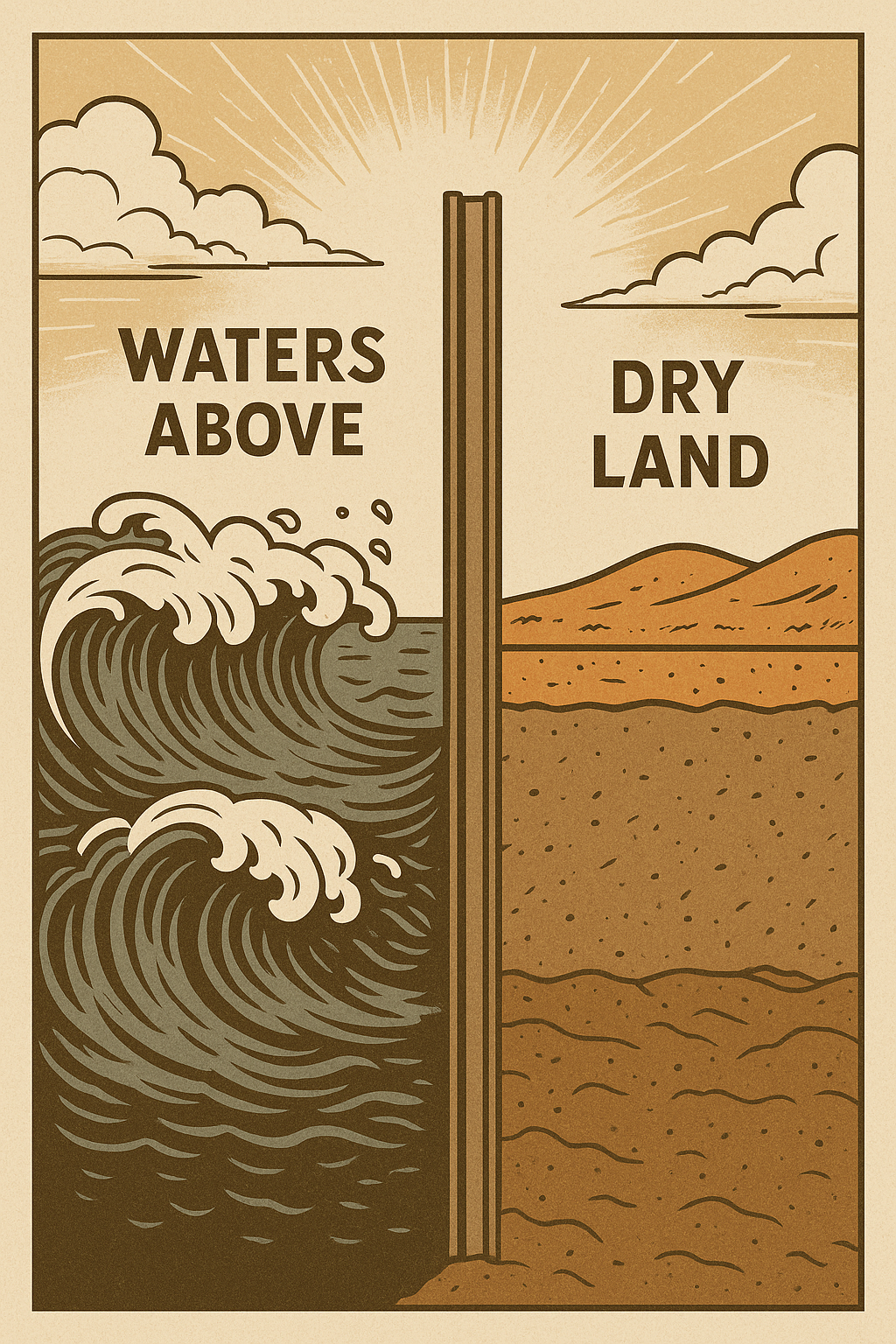In an ever-evolving world where urbanization, climate change, and technological advancements are reshaping the landscape of construction, Geotechnical Engineering stands as a cornerstone in ensuring safety, sustainability, and innovation. From towering skyscrapers to deep-sea pipelines, geotechnical engineers play a critical role in making sure our infrastructure is built on solid ground—literally.
As we look toward the future, the field of geotechnical engineering is poised for transformative growth driven by emerging technologies, interdisciplinary collaboration, and increased awareness of environmental challenges.
What is Geotechnical Engineering?
Geotechnical engineering is the branch of civil engineering that deals with the behavior of earth materials. It focuses on the interaction between soil, rock, and man-made structures. Whether it’s analyzing the stability of a slope, designing a building foundation, or constructing a tunnel, geotechnical engineering is central to every phase of construction.
Why Geotechnical Engineering Matters More Than Ever
Traditionally, geotechnical engineers have ensured the safety and stability of structures by analyzing soil and rock mechanics, designing foundations, and preventing slope failures. Today, the scope of this discipline is expanding due to:
Increased Urban Development: As cities grow vertically and horizontally, engineers face more complex soil-structure interactions and need innovative solutions for deep foundations and underground structures.
Climate Change: With more frequent flooding, landslides, and soil erosion, the need for accurate geotechnical assessments and resilient infrastructure is critical.
Infrastructure Rehabilitation: Aging infrastructure across the globe requires retrofitting and ground improvement, all of which rely heavily on geotechnical insights.
Emerging Trends Shaping the Future
- Digital Transformation and Automation
New tools such as Building Information Modeling (BIM), drone surveys, and AI-powered simulations are transforming how site investigations and geotechnical analyses are conducted. Automated data collection from smart sensors embedded in the ground can offer real-time insights into soil behavior and structural integrity. - Advanced Soil Testing and Modeling
Modern techniques like Cone Penetration Testing (CPT), geophysical surveys, and finite element modeling allow for more precise evaluation of soil mechanics, slope stability, and bearing capacity. This enables better predictions of ground movement and structural performance. - Sustainable Design Practices
Geotechnical engineers are increasingly factoring in environmental impacts, using eco-friendly materials, and designing foundations and retaining systems that minimize disruption to natural ecosystems. Geo-environmental engineering—a growing branch—focuses on remediating contaminated sites and managing waste responsibly. - Interdisciplinary Collaboration
The future of infrastructure development lies in collaboration. Geotechnical engineers are working more closely with structural engineers, urban planners, hydrologists, and environmental experts to create integrated, safe, and sustainable solutions.
Education and Innovation
As the field evolves, so does the need for continuous learning. Engineering programs are incorporating advanced computational tools, machine learning, and sustainability concepts. Professional organizations like the ISSMGE, ASCE Geo-Institute, and ICE Geotechnical Group are actively supporting research, training, and global knowledge exchange.
Facing Future Challenges Head-On
The challenges ahead are complex—rising sea levels, increased seismic activity, and land scarcity. But with innovation and strategic foresight, geotechnical engineers are not just problem-solvers; they are visionaries shaping the foundations of the future.
Through robust site investigations, smart material use, and resilience-focused designs, geotechnical engineering will continue to be an indispensable part of modern infrastructure.
Final Thoughts
From soil mechanics to slope stability, the core principles of geotechnical engineering remain essential. But the way we apply them is changing rapidly. As we push the boundaries of where and how we build, geotechnical engineering will evolve from a traditionally behind-the-scenes role to a leadership position in the global push for safe, sustainable, and smart development.
The future is underground—and geotechnical engineering is the key to unlocking it.


